by Ellie Mattern, St. Joseph’s Academy (St. Louis, MO)
Could merely sitting by a light improve your mood on those days where you just are annoyed by everything? “I lay by the light for 15 minutes every night before I leave work to go home”, said St. Louis children’s psychiatrist Dr. Darren Friesen during an interview. Friesen believes light therapy really can improve someone’s mood. “It helps me to relax and I really feel as if it is improving my mood,” claims Friesen. Everyone experiences those days where you just can’t help but want to avoid everything, but with light therapy, the possibility of those groggy days being prevented is arising.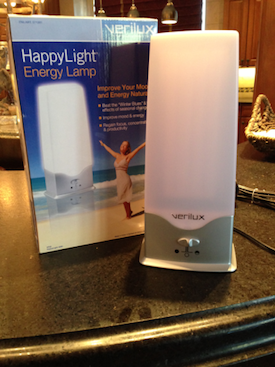
A study published in early 2011 by Dr. Ritsaert Lieverse, a psychiatrist at the VU University Medical Center in Amsterdam, The Netherlands, revealed that light therapy enhances mood equally as well as conventional antidepressant medications.
Light therapy is a way of naturally improving your mood and energy by exposure to light that is not as significant as direct sunlight, but is brighter than just receiving indoor light. Light therapy occurs by sitting near a high-intensity fluorescent lamp for a minimum of at least 30 minutes to an hour.
Light therapy is often used to treat people with Seasonal Affective Disorder (SAD), which is a type of depression that affects a person during the same season each year. Typically, a person feels symptoms of SAD in the winter months when sunlight is not as prominent. In recent years, light therapy has become a popular treatment with those who have SAD, because it gives them the sunlight intake that their body lacks during the gloomy winter months. The positive results from light therapy treating SAD have led doctors to believe that it could also help enhance the mood of a person.
Light therapy works by sending waves of light through a person’s eye, activating an area in the hypothalamus region of the brain. Once this area is activated, a signal is sent to the pineal gland, which suppresses melatonin and stimulates the production of serotonin. Serotonin is a chemical in the human body that influences mood. Doctors are beginning to conclude that light therapy produces faster results than that of typical antidepressants, as well as produces fewer side effects.
The problem is according to Dr. Alfred Lewy, a professor of psychiatry at Oregon Health and Science University and an expert on seasonal depression and light therapy, “doctors are just more comfortable prescribing medication, because that’s what they do for everything.”
Lieverse’s study incorporated 89 patients above the age of 60. Each was assigned either a bright light or a red light that would be used as a placebo in the treatment. Before starting the study, each patient was evaluated on the Hamilton Scale for Depression, which is simply a questionnaire used to test the severity of their depression. They were then given three weeks to try the light treatment. After three weeks, 43% of the patients that used light therapy had improved results, compared to the 36% of the patients with the placebo treatment. Each treatment was then stopped, and three weeks later they were again evaluated. Those who had been using the light therapy continued to improve, increasing the amount of patients to 54%, while the patients seeing improvements using the placebo treatment had sunk to 33%.
In an e-mail, Lieverse stated that, “The effect sizes we found in this study are comparable to those reported for antidepressants, so I think efficacy is of comparable magnitude.”
| Related stories: Love May Actually Heal All; The Story of Teen Depression |
Light therapy and its connection to the mood of a person has not been deeply researched on its own as an independent topic. It is seen as a side result when scientists and doctors use light therapy with people that have depression. However, energy lamps are now sold in stores that promise health effects. . People are drawn towards products, such as the HappyLight, because they advertize improved mood and energy on the outside of their boxes. Norman Rosenthal, M.D., author of Winter Blues, a book written to help guide people to overcome SAD, states, “Over 80% of people with low energy, fatigue or the Winter Blues may expect to benefit from light therapy. Although it varies from person to person, most feel the effects of light therapy within 2-4 days.”
Ellie Mattern

This work is licensed under a Creative Commons Attribution-NonCommercial-NoDerivs 3.0 Unported License


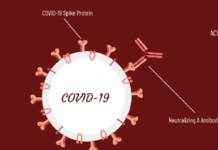
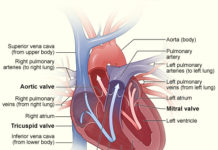
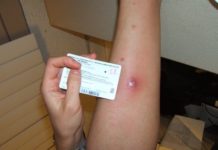
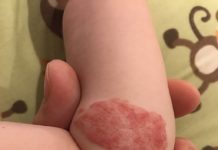
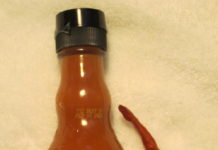
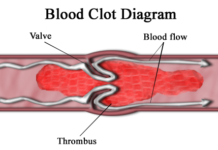






Heya im for the first time the following. I discovered this specific table as a consequence I to discover The item faithfully of use
You have brought up a very excellent details , regards for the post. abgeebfkbbekdkcb